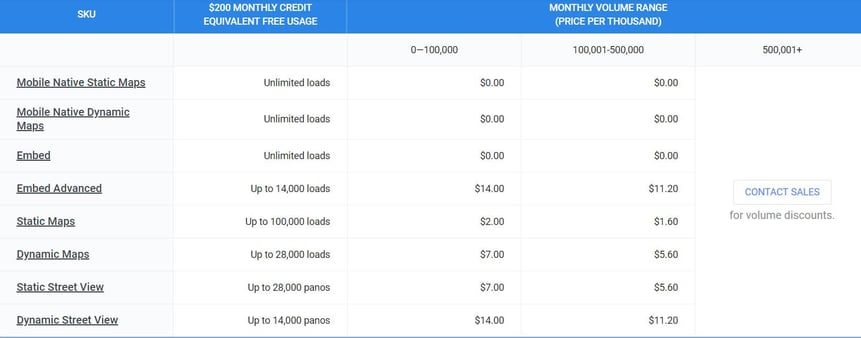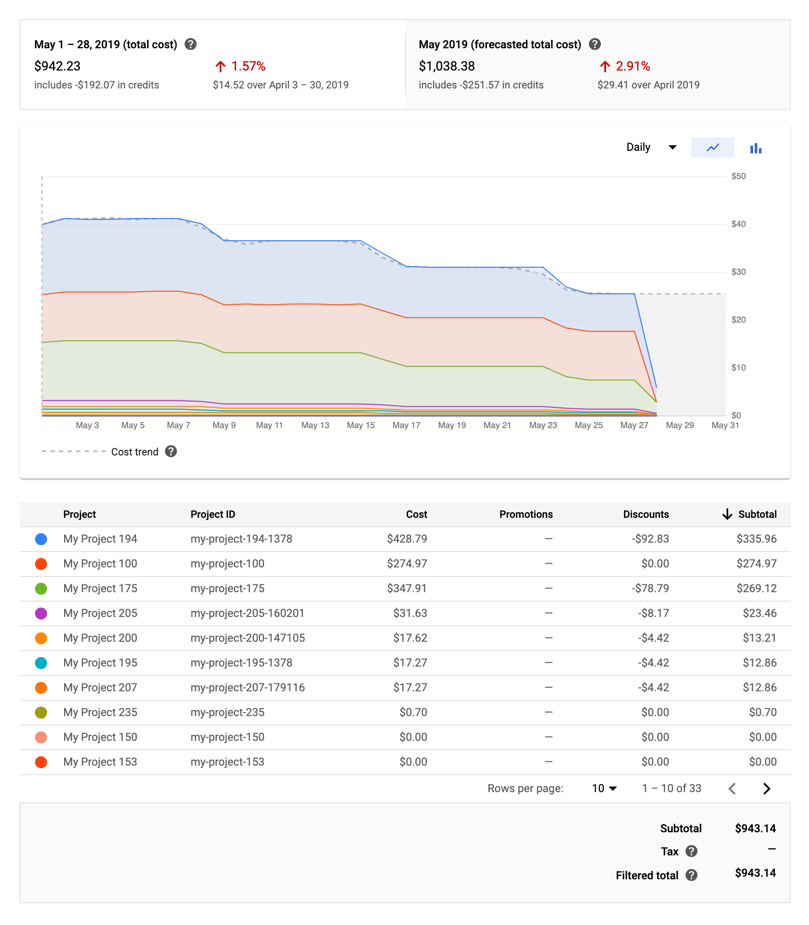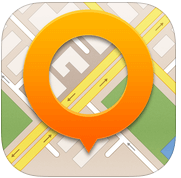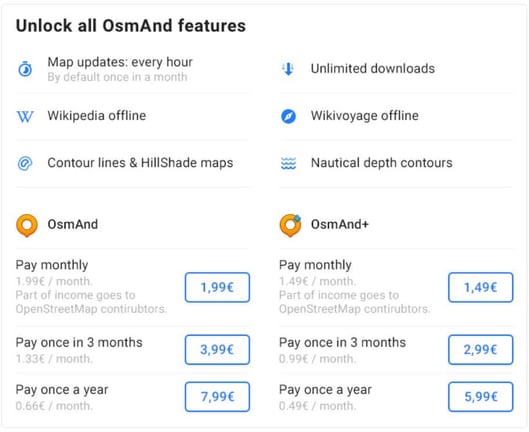In the wake of propelling their new Google Maps Platform as of late, they're changing the way they charge organizations utilizing their Google Maps API. Here's a review of what has changed, what charges are coming into the spotlight and who is probably going to be generally influenced.
First And Foremost...
On the off chance that your site shows a straightforward guide with a stick to your office area, and that's it; at that point no charges will apply…
However, you are currently required to have a substantial credit/plastic on document when utilizing Google Maps stage, despite the fact that the administration stays free. Your web organization may even have done this on your behalf already, so there's no need to freak out.
The New Pricing Structure
The recently relaunched Google Maps platform unites Maps, including Dynamic Maps, StreetView and 360 Degrees with Google Routes (Directions) just like Google Places (for surveys, areas on business pages). Despite the fact that Maps has dependably been free, there has been paid choice for overwhelming clients of the framework for many years, anyway. It has just been in July that Google has presented the new pay-as-you go estimating structure.

Image source: Google Cloud
Who Can Use Maps for Free?
A dominant part of Google Maps clients can keep on utilizing maps for no extra charges, regardless of whether they utilize something beyond the basic guide or not, as Google is providing a $200 month to month credit, which will be more than enough for most business' utilization.
How Far will the $200 Credit Stretch?
On the off chance that utilizing the basic unique maps does show your location with a stick, this will be totally free and not part of your credit. In this way, the guide can be served a boundless number of times. Below are the major paid features:
Styled Maps
So if you redo the look or use 'styled' maps, (for instance night mode) at that point, the credit will start to get utilized. If you use styled maps on your site, you could expect $200 to acquire 100,000 burdens.
Dynamic Maps – Street view
In the event that your site utilizes the Street view, that'll be chargeable. Expect your $200 to get 28,000 burdens.
Courses and Directions
In case your site gives an asset to your clients for working out the best course to visit your organisation, you can anticipate that this should happen multiple times before spending your $200 credit.
Geolocation
If your site utilizes areas of spots close-by, for example a domain specialist displaying neighborhood schools or shops, at that point expect the $200 to extend, similarly as conveying 11,500 programming interface calls.
Embed Advanced
Finally, the last feature we’re discussing is also the one that’s paid. Maps Embed API request uses the Directions mode , Street view mode or Search mode.
Month to month Renewal and Creating a Spend Limit
Finally simply talking about the credit, as referenced, this is reestablished from month to month, and yet you can likewise put a farthest point on the record for the cash you spend, so in the event that you don’t need any extra expenses for your site. You can consequently stop any API calls the site makes to the Google Maps stage after the $200 free credit has been utilized.
What organizations will now start charging for utilizing Google Maps?
More or less, high traffic sites or sites that will certainty utilize a significant part of the Google maps stage, for example, the courses to help plan adventures or StreetView to examine the neighborhood. It could also be a business that requires employees to be on the go, with heavy usage of navigation tools. The more traffic your site gets, the more possibility your business should pay for utilizing the service. Bear in mind- however you pay after your credit has been utilized, the credit gets recharged each month. If you're utilizing more than one tools, you should investigate to see how a blend of these charges could affect your business.
And now that you know what’s paid and what’s not paid, the next question is, how much?
Pricing estimates For Google Map’s new, advanced platform
The value of Google’s core features is to pay as you go, and you pay for what you use. You additionally get a repetitive $200 credit on your charging account every month to balance your utilization expenses, and you can set use breaking points to ensure against startling cost increments. You can analyse your present API use in the Google Cloud Platform support and gauge your month-to-month bill with the value, and visit the manual for Understanding Billing for Maps, Routes, and Places.
Obviously, in order to know how much you're spending and how much it costs, you need to know how to go about it. The section below explains it all:
Viewing your billing report

Image source: Google Cloud
Billing reports for your use of the Google Maps Platform products are available in the Google Cloud Platform Console. To view the report for your billing account:
- Go to the Google Maps section in the Google Cloud Platform Console.
- On the Overview page, in the Billing card, select Go to Maps billing report.
Alternatively, follow these steps to view your billing report: - Go to the Google Maps section in the Google Cloud Platform Console.
- Open the console on the left side menu and click on Billing.
- If you have more than one billing accounts, select go to Linked Billing Account to view the current project's billing account. To locate a different billing account, select Manage Billing Accounts and choose the accounts you'd like to see reports for.
- Select Reports from the left side menu
Billing reports plot cost over time as a stacked line chart. The default view displays the current month’s daily usage-specific costs grouped by project (for all products), inclusive of any usage-specific credits applied, as well as the total forecasted costs for the entire current month. Each line in the chart (and row in the summary table) corresponds to the project, ranked largest to smallest by cost (as seen in the picture above)
The Alternatives
.jpg?width=389&name=arrow-asphalt-direction-1745766%20(1).jpg)
So now that the myths are all debunked, one may have a clearer idea about Google Maps, but coming to think of it, Google Maps isn’t the only such service available out there. It’s a big world out there, with so many alternatives. We got our team together to discuss and recommend some other options, and the information was so overwhelming, it was hard to shortlist a few, but here they are:
Bing Maps

Bing Maps is a great, free alternative. It’s got several first and third party applications that make it so versatile. These apps include the taxi fare calculator, parking finder and finding the location of Facebook friends. All these applications are only accessible if you’ve got Bing Maps installed.
One of the key features of Bing Maps are its several, richly detailed views, including aerial, bird’s eye, street side, road and 3D view. There are numerous search categories for searching for places, including restaurants, hotels and tourist attractions. User contributed entries can also be accessed by Bing Maps users, which can be a great advantage for those who know that a human touch can be all that saves the day!
OpenStreetMap

One of the most popular maps out there, with most people in the tech field recommending just this, OpenStreetMaps is another brilliant alternative. OpenStreetMap just celebrated its 15th anniversary on 9th August 2019, and it’s got more than 5 million registered users. It’s leading in several European, African and Asian countries. It’s got all the key features you’d look for in any map, and all of them are more than functional… and yes, free.
This one is entirely community driven. From trails to roads, to streets and restaurants of your choice- it’s got it all, and for free! There’s great emphasis on local knowledge, so it’s not just a single human touch- it’s millions of humans helping you out, and vice versa. Contributors are people from all walks of life. It’s all open data- you can use it for any purpose, provided that you give OpenStreetMaps credit for it. The community projects include blogs, user diaries and community blogs.
OsmAnd

With OsmAnd, you can have access to your maps offline, with no extra roaming charges! It has covered all those little things that are brushed under the rug, like:
- Knowing all those traffic warnings like stop sighs, zebra crossing, notification upon crossing speed limit
- Lane guidance and street navigation, (no, it won’t make you feel like you’re dumb. Streets can be confusing!),
- automatic rerouting if you deviate
- searching for places even if it’s by geographical coordinates
- alignment with compass
- Resourceful applications for those who’re on foot or backpacking
Besides that, it’s got several paid and free plugins, like:
- Audio/video notes, non-stop(yes, non-stop, even if you get a call)
- Video recording (inclusive of taking stills) and location, speed and altitude reading
- Ski maps (there's no chance you'll be lost and get attacked by a Yeti- even if they exist)
- Parking place (you know how hard it is to find your own car sometimes, right?)
- Trip recording
As for pricing, there is a free version, but the paid one isn’t that bad either, seeing that they haven’t left anything out.

Waze

With around 115 million users and a sleek looking website, Waze (pun intended) has got all the features you would look for in the map, including ETAs, traffic information, traffic police, road events, efficient navigation etc. through a crowdfunding project and information input by fellow Waze users. Their community is their biggest asset. You can inform about accidents, construction, and more for other drivers (and get the same back, of course) You can improvise the maps with your modifications within 24 hours and see also see or add those handy dandy shortcuts. The community forums are also pretty helpful, and with this, you could never feel lost or alone.
Another feature that stands out is that Waze partnered with Spotify in 2017, so people using Waze can use Spotify, and those using Spotify could use Waze- navigation and music, all without switching apps.
Lastly, they also have the Waze Carpool feature, where someone with a car can find up to four fellow Waze users going to the same destination/through the same, shortest route, splitting the fare equally. The same way, a Waze user can find someone who’d like to give a ride (while splitting the gas costs). This has boosted their image for their initiative to reduce traffic, help and unify its users even more,and achieve something positive for the environment. Waze Carpool is now also partnering with companies to get their employees to work efficiently.
... and you can download it for free.
In conclusion...
Google Maps is paid, but this is not that bad. There are several options out there, that are much better. Still confused? We still have that overwhelming information we didn't include in this article, so write your views or questions in the comments section, and we could get right back to you!




%20(1)%20(1)-2.jpg)